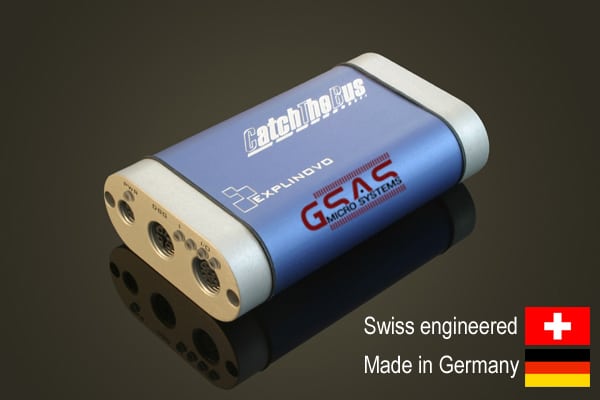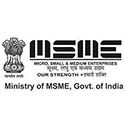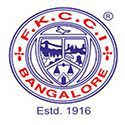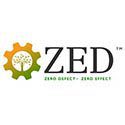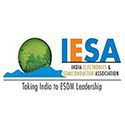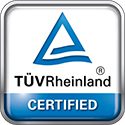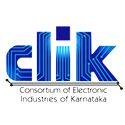CatchTheBus® is a freely programmable ECU with a focus on the bus communication systems. CatchTheBus® supports several communication buses:
- FlexRay
- CAN
- CAN FD
- LIN
- Powerline communication
- Ethernet
- RS232.
Thereby CatchTheBus® is the optimal solution for control units (Rapid Control Prototyping), gateways, remaining bus simulations, and signal manipulations.
CatchTheBus® – Cost Effective and Efficient!
CatchTheBus® provides you with the following properties a competitive advantage:
FLEXIBLE EXTENSIONS
The modular architecture of CatchTheBus® is forward-looking and allows customized extensions with new interfaces. Explinovo provides a wide range of different modules and develops new ones to meet your future needs. CatchTheBus®, therefore, offers the possibility to cover your needs for a long-term period with just one device.
RAPID TAKING INTO OPERATION
The use of the universal programming language C, as well as the elimination of configuration software, shorten the learning curve considerably of your employees. A high quality and intuitive API (driver libraries), outstanding documentation (DOXYGEN) and numerous sample codes also allow quick setup of each interface within a few minutes.
Interfaces
- 1x FlexRay
- 5x CAN – four of them support also CAN FD
- 2x LIN
- 1x Ethernet
- 2x Powerline Communication
- 2x RS-232
- 4x Digital outputs
- 2x Analog inputs
Properties
- Expandable – Lego bricks principle
- User friendly – taking into operation of each interface within minutes
- High quality drivers – MISRA-C compliant and including a doxygen documentation
- Source code examples available for each functionality
- Real time capable
- Stand-alone solution
- Compact
- Connection to a PC via Ethernet
Field of application
- Rapid Control Prototyping
- Gateways
- Remaining bus simulation
- Signal manipulation
- Network interface
- Sensor/actuator systems
Comprehending the threats as well as standards for medication usage is crucial otovix que es for maintaining your wellness.

